Let’s be real: If you’re not using Pinterest to generate passive income, you’re leaving money on the table. While everyone’s talking about Instagram and TikTok, Pinterest remains an untapped goldmine for smart content creators, bloggers, and entrepreneurs. The platform isn’t just for planning weddings or saving recipes—it’s a powerful search engine that can generate passive income, even while you sleep. Below are 10 unexplored ways to earn passive income through Pinterest that you probably haven’t considered. Let’s dive in.
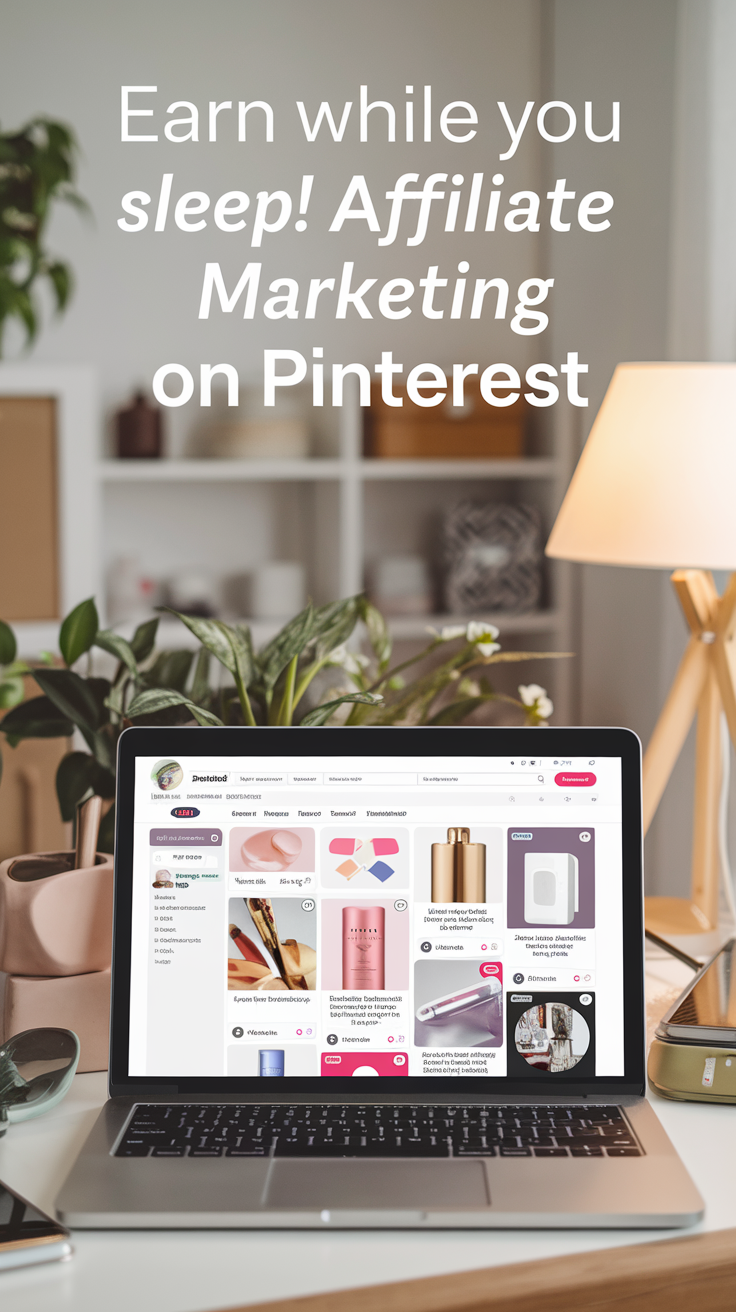

1. Affiliate Marketing
Affiliate marketing is one of the easiest ways to make passive income on Pinterest. Here’s the play: you pin images that link directly to products for which you’re an affiliate. Every time someone clicks that link and makes a purchase, you earn a commission.
Example:
Say you love fitness gear. You can create a pin featuring a cool yoga mat, link it to the retailer’s website using your affiliate link, and boom—every sale from that pin puts money in your pocket. The beauty of it? You create the pin once, which/ can bring in clicks for months, even years, if it ranks well on Pinterest’s search results.
A better option for most content creators is to create a blog post about the niche and include affiliate links within the post.
Then, your pin drives traffic to the post, and your post drives traffic to the affiliate products.
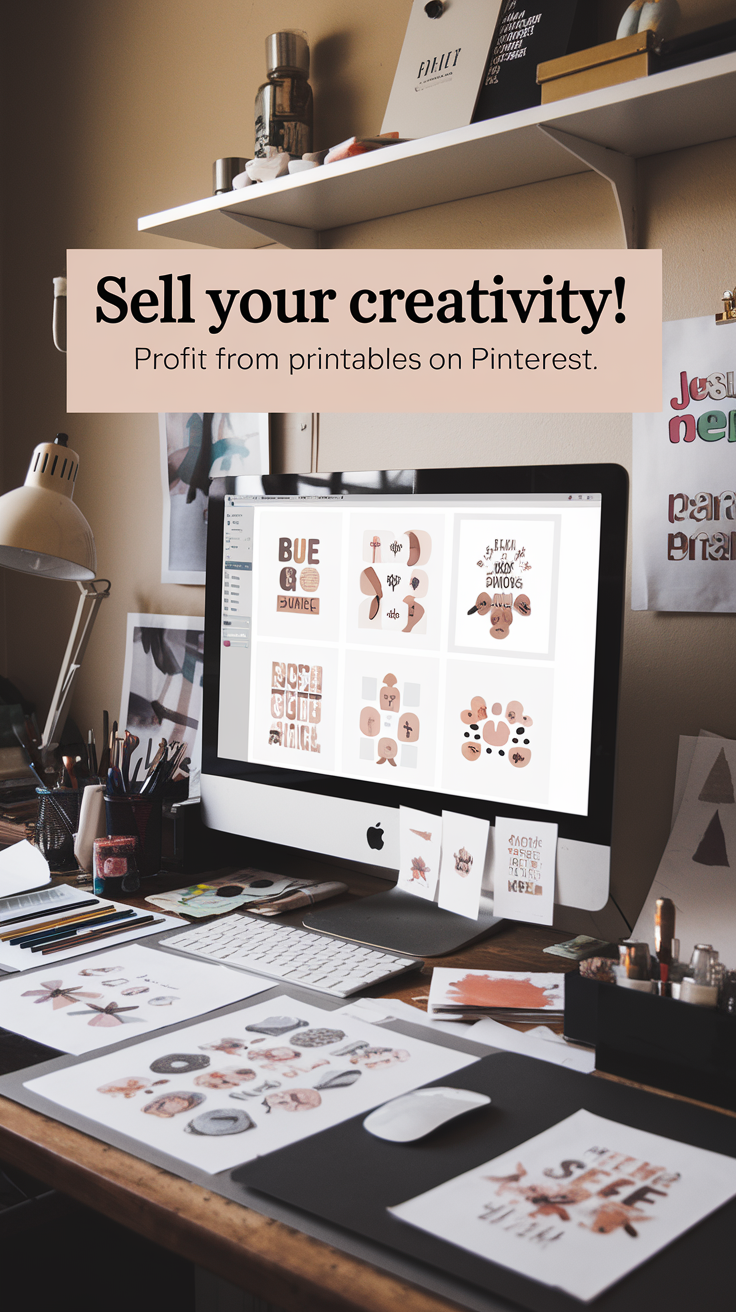

2. Selling Printables
Got design skills? You don’t need to be Picasso to make passive income from selling printables. Pinterest users love free and paid downloads like planners, calendars, or checklists. You can create and sell digital files through platforms like Etsy or Gumroad.
Scenario:
Imagine designing a budget planner. You create a few templates, upload them to your online store, and pin those planners to your Pinterest board with keywords like “monthly budget planner” or “budget printables.”
Whenever someone searches for budgeting tools on Pinterest, they might stumble upon your pin, click through, and purchase your digital product. Once you’ve set up the process, sales happen without you needing to lift another finger.
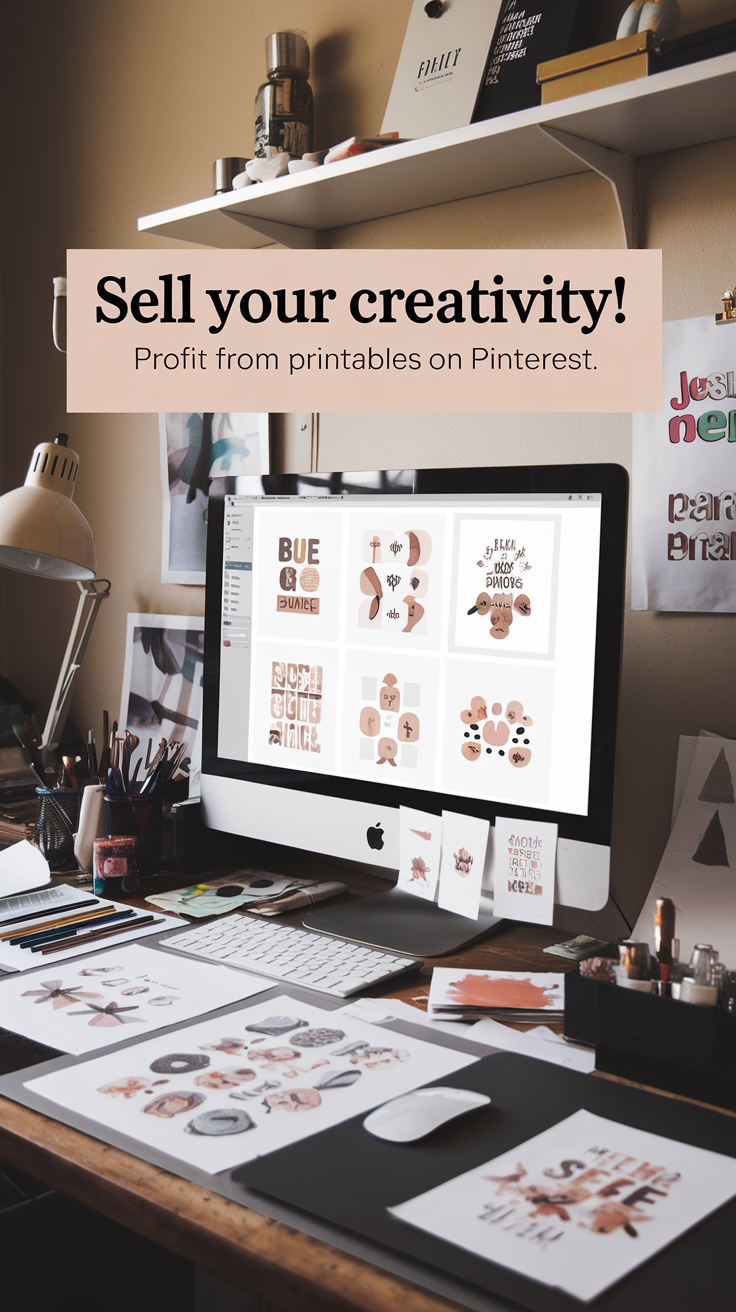

3. Promoting an Online Course
Got expertise? Package that knowledge into an online course and use Pinterest to promote it. Pinterest’s user base is highly engaged in learning, making it a perfect platform to drive traffic to your course.
Example:
Let’s say you’re skilled at interior design. You create a course on how to decorate small spaces. Pin images of cozy, well-decorated rooms with text overlays like “5 Tips to Maximize Small Spaces.” Link that pin to your course page, and anyone interested in learning how to design will click through. Once they enroll, you’ve secured passive income through course sales.
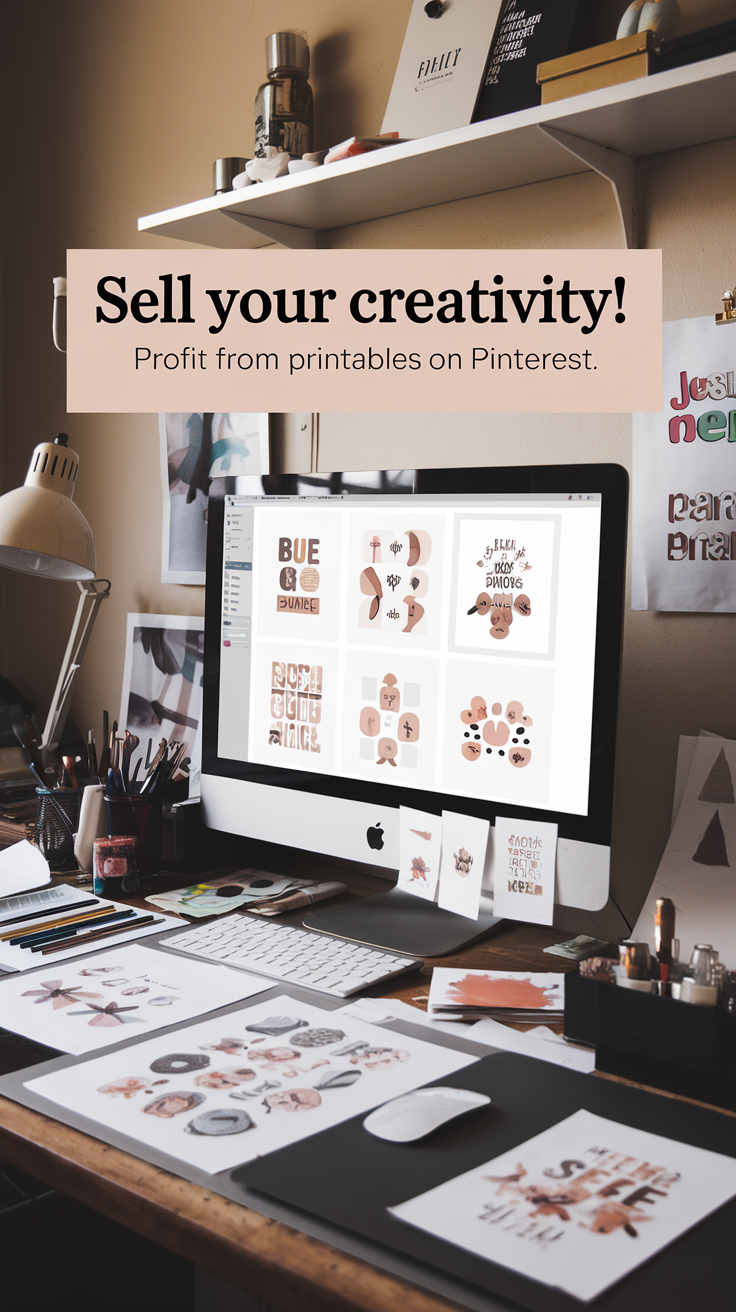

4. Selling Stock Photos
If you’re a photographer, Pinterest is an underrated place to sell stock photos. Pin your most appealing images with a link to your online portfolio or stock photography site where users can purchase licenses for your photos.
Scenario:
You take beautiful landscape photos. Create Pinterest boards showcasing themes like “beach photography” or “urban landscapes.” Each pin links back to your stock photo website. When people buy the rights to use your images, you’re generating passive income.
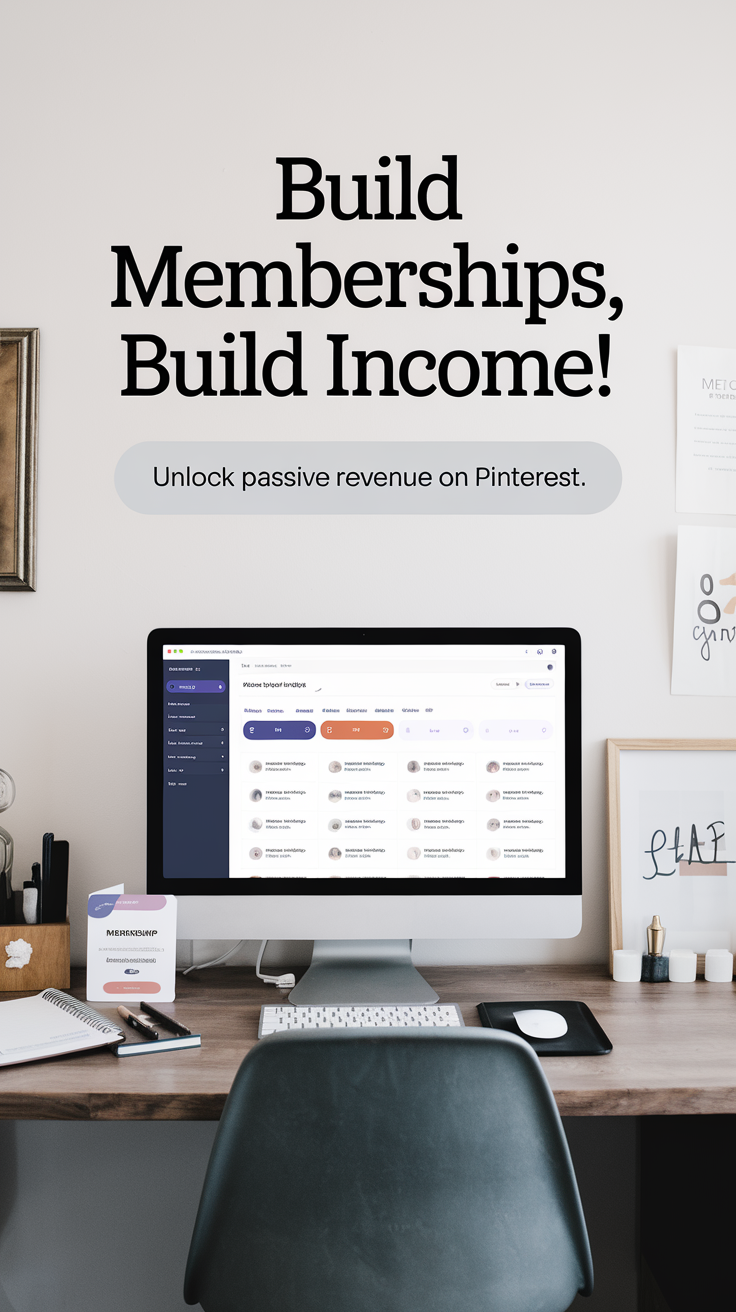

5. Create a Membership Site and Promote It
Membership sites are another passive income avenue that works well on Pinterest. If you have exclusive content or services that people would pay for regularly, this is a fantastic way to create recurring revenue.
Example:
You run a meal-planning blog. You create a membership site offering weekly meal plans and shopping lists. Pin attractive images of delicious meals or shopping hacks that link back to a landing page for your membership. Every new member adds to your passive income stream, and once the content is created, you’re not constantly hustling for sales.
6. Licensing Your Designs
Designers, this one’s for you. If you create patterns, illustrations, or logos, you can license your designs to companies and get paid each time they’re used. Pinterest is a great platform to showcase your work and get it in front of the right audience.
Scenario:
You specialize in creating seamless floral patterns. You pin your designs to Pinterest boards titled “Custom Floral Patterns” or “Floral Print for Products.” Companies looking for design inspiration might find your pin and purchase a license to use your pattern on their products. It’s a one-time effort that can bring in ongoing revenue.
7. Creating Video Pins for Ad Revenue
Video pins are gaining traction on Pinterest. You can use video content to generate ad revenue just like on YouTube, by driving traffic back to a website that’s monetized with ads.
Example:
You make DIY crafts. Create short video tutorials and pin them. In the description, include a link to your website where users can watch more detailed videos. Your website is monetized with Google AdSense or similar programs, so every visit earns you money through ad views or clicks.
8. Selling E-books
Have you written a book or are you thinking about it? Pinterest users love self-help, how-to guides, and niche content in ebook format. You can easily promote your ebook on Pinterest, driving traffic directly to where they can buy it.
Scenario:
You write a guide on “How to Organize Your Home in 30 Days.” Create eye-catching pins that highlight the problem (clutter) and offer your ebook as the solution. Every time someone buys your ebook, it’s passive income flowing your way.
9. Offering Freelance Services
I know what you’re thinking—freelancing doesn’t sound passive. But if you set it up right, it can be. Pinterest can be used to promote your freelance services with specific pins that link to a sales funnel or portfolio.
Example:
You offer social media management services. Create pins like “Need Social Media Help?” and link them to a landing page where clients can book a consultation. If you package your services into automated tasks or hire a team to take on the workload, you can turn it into a more passive income stream.
10. Pinterest Ads for Passive Affiliate Income
Pinterest’s Promoted Pins can help you boost traffic to your affiliate links or online products, turning a small ad spend into long-term passive income. You run the ads for a short time, but the residual traffic continues coming in long after you’ve stopped paying for the ad.
Scenario:
You promote a skincare product through your affiliate program. Pin an eye-catching image of the product, set up a Promoted Pin campaign, and target users interested in beauty and skincare. Once your pin gains traction, you can stop promoting it, but the repins and clicks will keep bringing in affiliate sales long after the campaign ends.
Conclusion
Pinterest isn’t just for pinning DIY projects or wedding inspiration—it’s a real opportunity for building passive income streams. Whether it’s through affiliate marketing, selling digital products, or promoting your services, there are plenty of untapped ways to earn money without constantly grinding. The key is to be strategic with your pins, optimize them for search, and let Pinterest’s algorithm do the rest. Start small, scale up, and watch your efforts pay off over time. The best part? You create the content once, and it can keep working for you for years to come.
